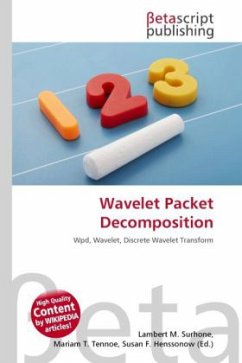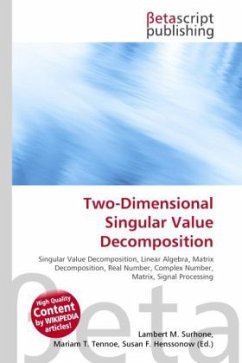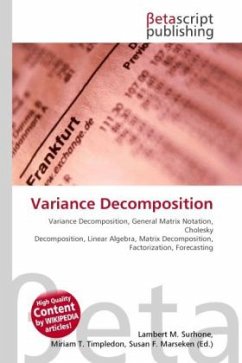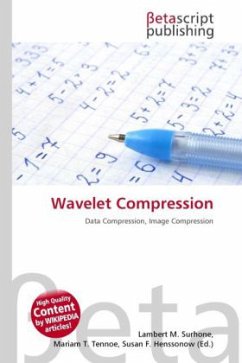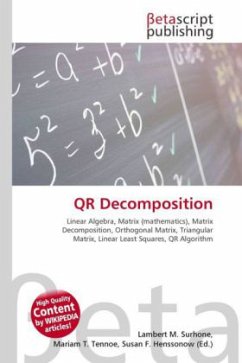High Quality Content by WIKIPEDIA articles! For n levels of decomposition the WPD produces 2n different sets of coefficients (or nodes) as opposed to (3n + 1) sets for the DWT. However, due to the downsampling process the overall number of coefficients is still the same and there is no redundancy. From the point of view of compression, the standard wavelet transform may not produce the best result, since it is limited to wavelet bases that increase by a power of two towards the low frequencies. It could be that another combination of bases produce a more desirable representation for a particular signal. The best basis algorithm by Coifman and Wickerhauser finds a set of bases that provide the most desirable representation of the data relative to a particular cost function (e.g. entropy).
Bitte wählen Sie Ihr Anliegen aus.
Rechnungen
Retourenschein anfordern
Bestellstatus
Storno

